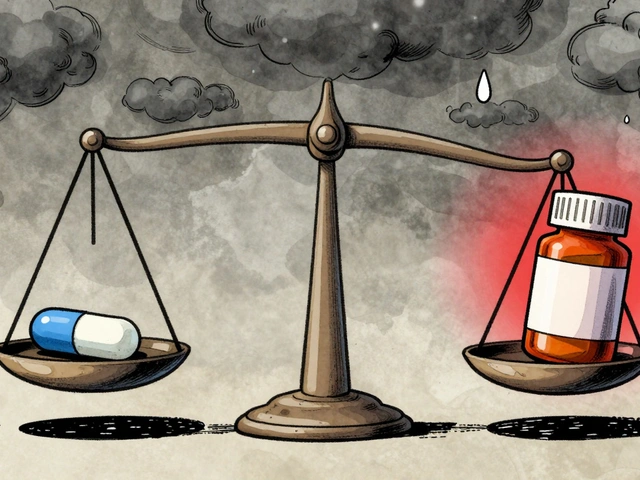Propecia Alternatives: Practical Options for Hair Loss
If Propecia (finasteride) isn’t right for you, there are solid alternatives. Some work similarly, others use a different approach. Below I’ll walk through the most common choices, how they compare, side effects to watch for, and how to pick what fits your life.
Prescription options
Minoxidil (topical) — You probably know this one. It’s applied to the scalp twice a day and helps grow and thicken hair for many people. It won’t stop all hair loss, but it’s safe and widely available. Expect to try it for at least 3–6 months before you judge results.
Dutasteride — This drug blocks a broader range of hormones than finasteride and often works better at reversing hair thinning. Many doctors use it off-label for male pattern baldness. It can cause sexual side effects similar to finasteride and may affect PSA tests, so discuss prostate checks with your doctor.
Topical finasteride — If you want the finasteride effect but want less exposure to the rest of the body, topical finasteride creams or solutions are an option. Early studies show promising results, but availability varies by country and formulation.
Non-prescription & procedures
Over-the-counter options — Saw palmetto and other supplements get a lot of attention. Evidence is weaker than for prescription meds. If you try supplements, avoid big claims and check ingredient lists. They’re not a substitute for proven treatments.
Low-level laser therapy (LLLT) — Handheld lasers and caps can stimulate follicles. Some studies show modest improvements, especially when combined with minoxidil. They’re painless but require regular use.
Platelet-rich plasma (PRP) — This clinic-based treatment uses your blood to stimulate the scalp. Results vary, but many people see thicker hair after a few sessions. It’s more costly and needs repeat visits.
Hair transplant — For stable, advanced hair loss, transplants give the most visible, permanent results. It’s a surgical option: planning, cost, and aftercare matter. Talk to an experienced surgeon if you consider this route.
Combining treatments — Combining minoxidil with a DHT blocker (finasteride or dutasteride) often works better than either alone. Laser therapy and PRP can add benefit too. Always check with a doctor before mixing treatments.
What to expect — Most medical therapies need 3–6 months to show change and continued use to keep results. Side effects vary: sexual side effects and hormone changes with DHT blockers, local irritation with minoxidil, and cost or downtime with procedures.
How to choose — Start with your goals, tolerance for risk, and budget. Talk to a dermatologist or hair specialist. Ask about monitoring (blood tests, PSA if relevant) and realistic timelines. If you want low risk, try topical minoxidil first. If you need stronger results, discuss dutasteride or a transplant.
Final tip: get a proper diagnosis before spending money. Hair loss can come from many causes, and the right choice depends on what’s behind it.

Top 9 Alternatives to Propecia for Hair Loss
Exploring alternatives to Propecia can offer hope for those looking to combat hair loss. This article evaluates nine options, from natural supplements like pumpkin seed oil to medications like Minoxidil. Each alternative is explained, along with its advantages and drawbacks, to help you make an informed decision in hair care.
View More




